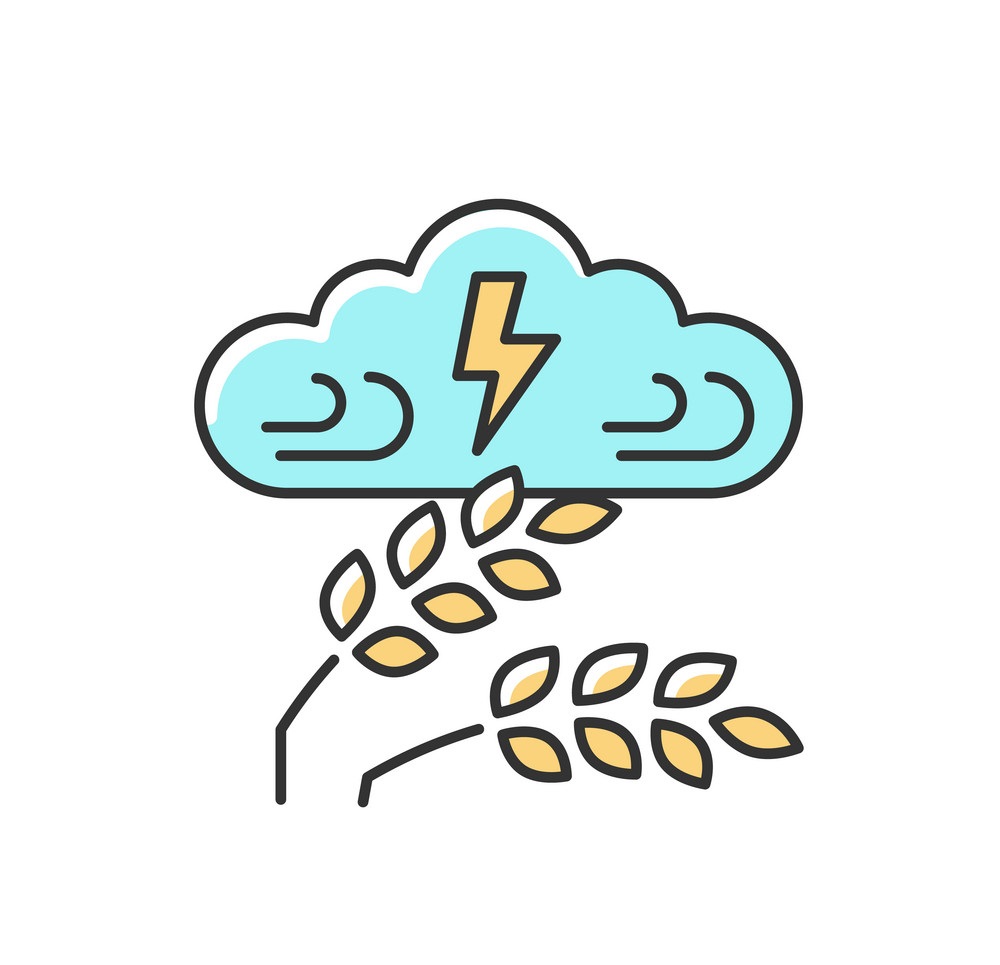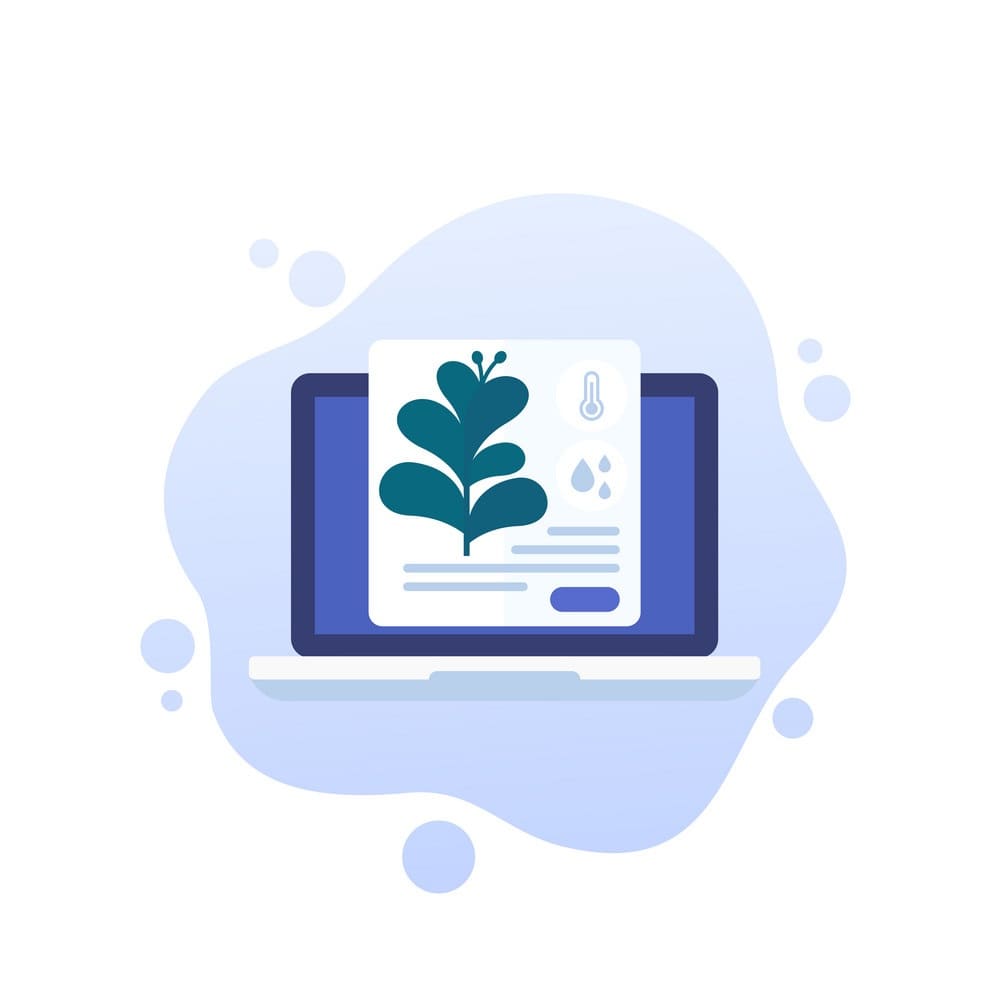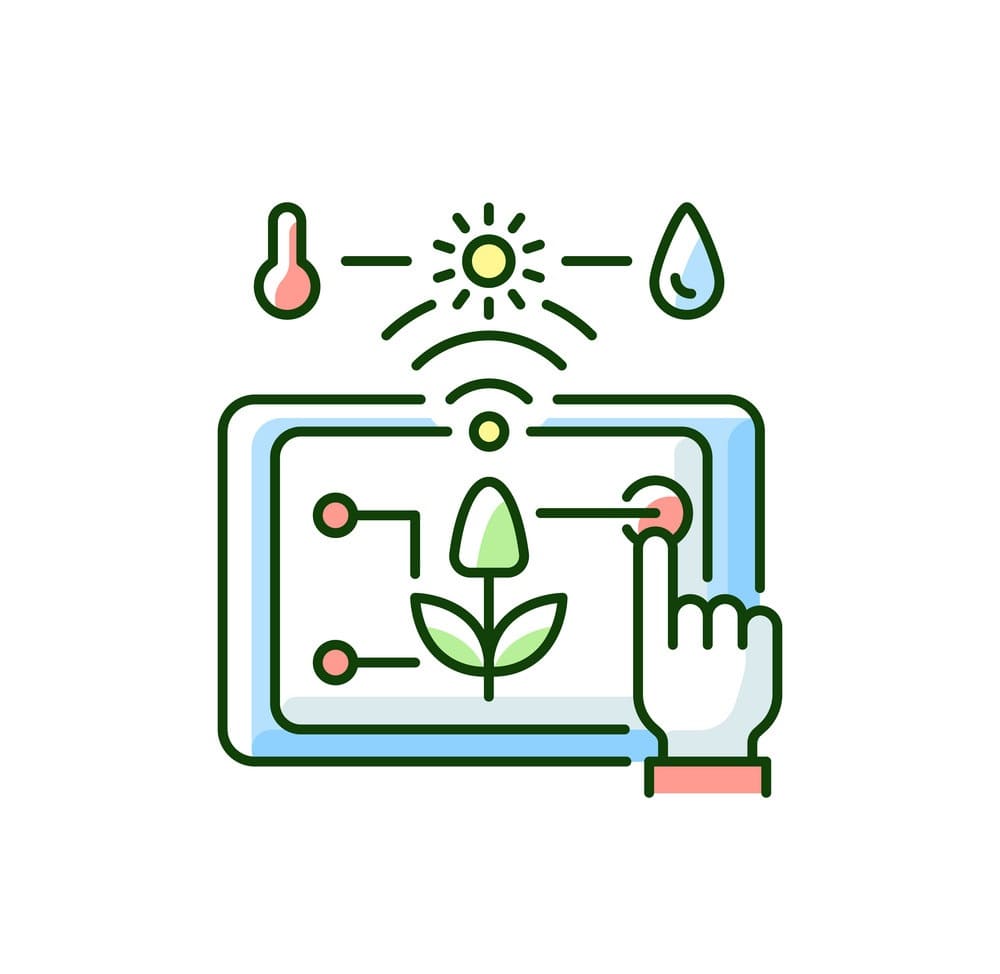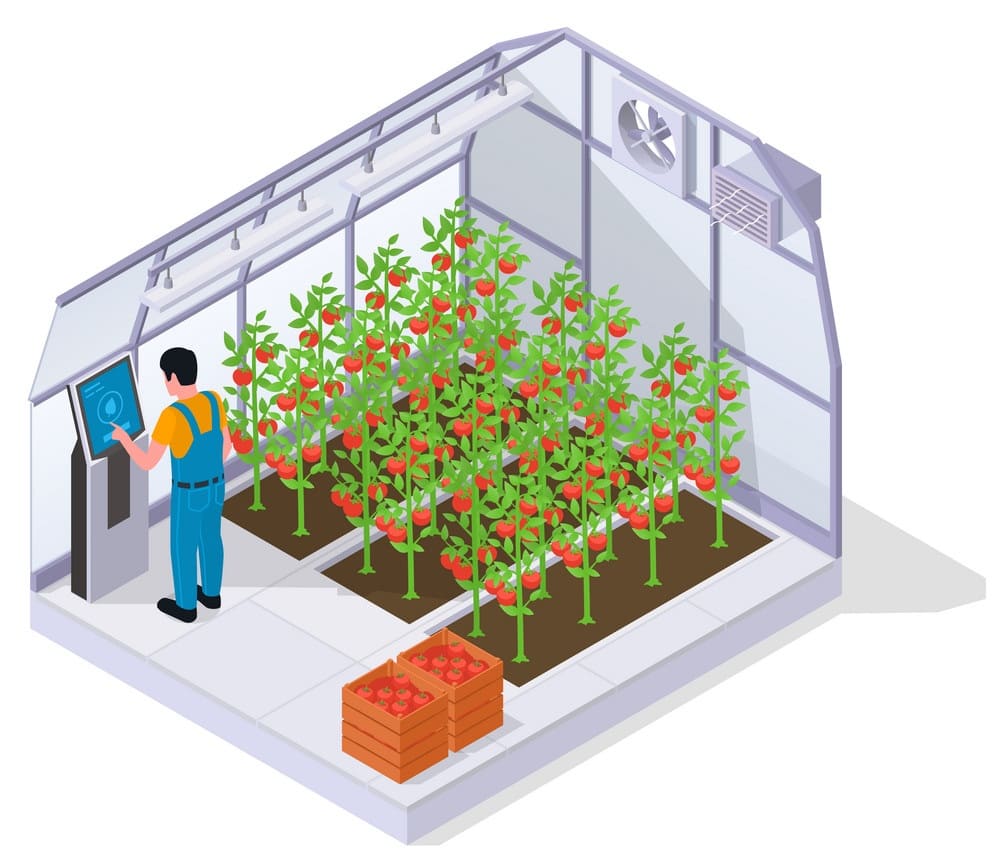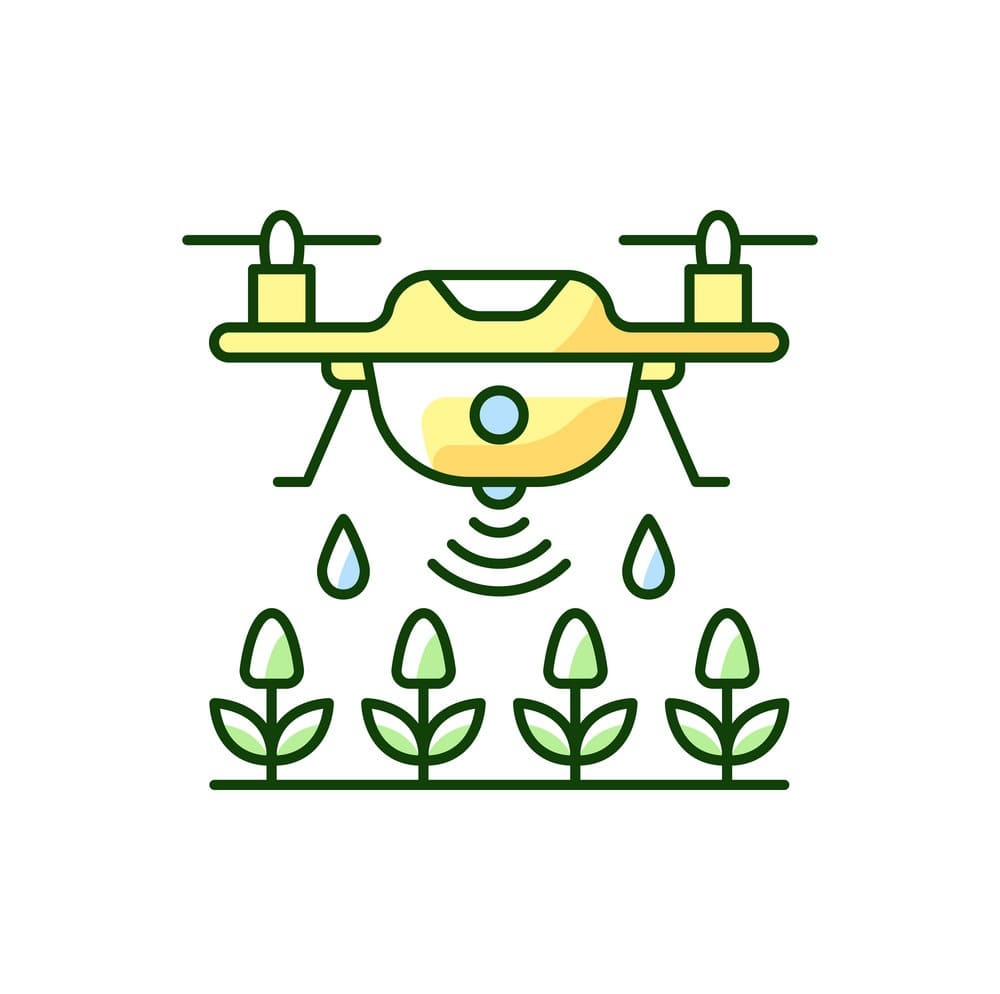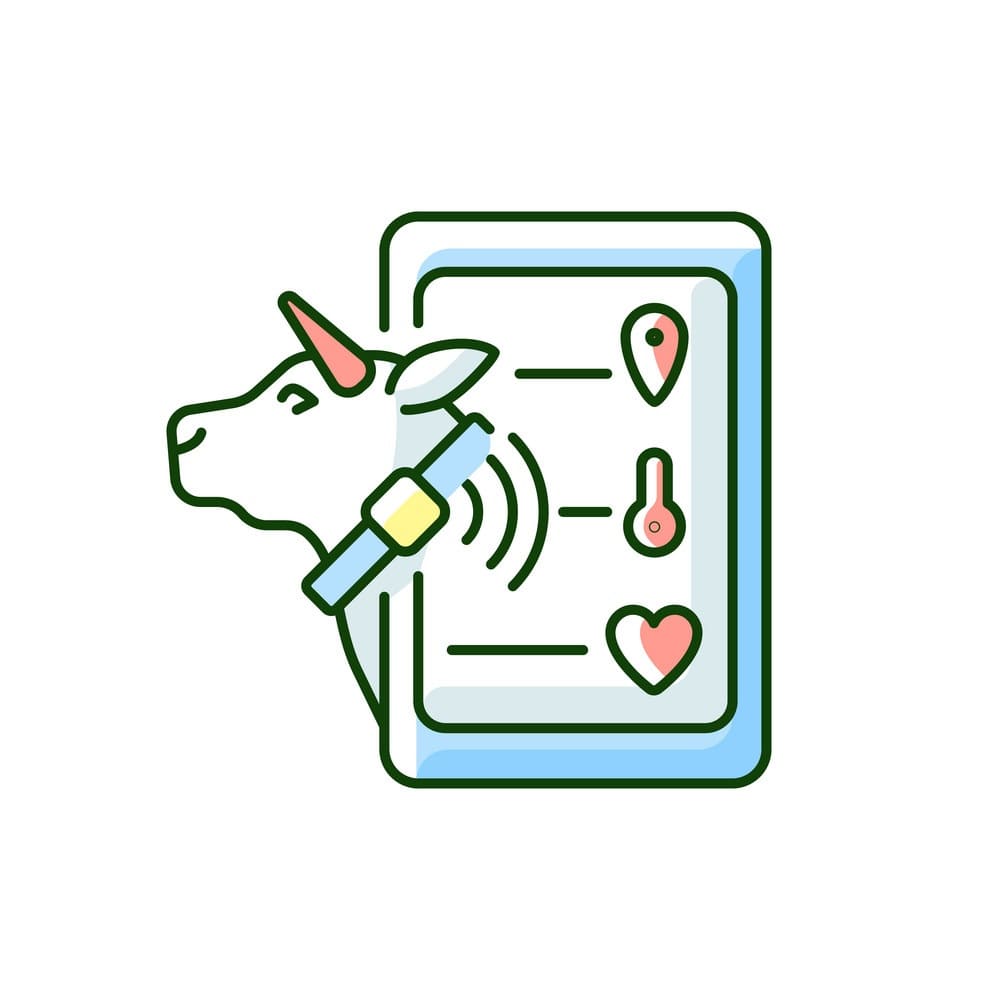IoT in Agriculture: How Connected Devices are Shaping the Future of Farming
The Internet of Things (IoT) technology is evolving at a fast pace. IoT is becoming a part of every facet of modern life to help us in endless ways. It is transforming many industries, including agriculture with its connected devices. The agriculture and farming industry has seen many technological transformations in the last few decades.
Now, IoT is enabling it to become more tech-driven, efficient, and predictable. In this blog, we will explore the applications of IoT in agriculture. We will understand how this technology is changing the farming sector for the better.
Explore Popular Internet of Things Courses
What is Smart Agriculture using IoT?
Smart agriculture refers to the use of advanced technologies, such as IoT, big data, and the cloud in agriculture to grow food smartly, sustainably, and cost-effectively. Smart agriculture using IoT involves the use of IoT sensors to collect environmental and machine data that enable farmers to make informed decisions.
IoT enabled agriculture helps farmers to perform intelligent operations with efficient business processes. Farmers get better control over the processes, making them more predictable and efficient.
For instance, IoT sensors in agriculture enable farmers to automate vital farming processes. They can monitor them from anywhere with an internet connection. Farmers can also track the state of crops and identify what quantity of fertilizers they have to use. This helps them reach optimal efficiency.
Learn more about the Internet of Things, read our post – What is Internet of Things (IoT)?
Best-suited IoT and Connected Devices courses for you
Learn IoT and Connected Devices with these high-rated online courses
Application of IoT in Agriculture
IoT in agriculture improves every aspect of farming, including:
- Monitoring Climate Conditions
- Crop Management
- Precision Farming
- Smart Greenhouse
- Agricultural Drones
- Livestock Monitoring
Let’s explore each of them in detail.
Explore Free Online Courses with Certificates
Application of IoT: Monitoring Climate Conditions
One of the most popular applications of IoT in farming is weather stations that combine various smart farming sensors. Farmers place them inside and outside of the agriculture fields. The sensors collect various data from the environment, such as humidity, rainfall, and temperature, and send it to the cloud.
This data enables them to chart the climate conditions. They can choose the right crops depending on the climate and improve their capacity. All this helps in increasing productivity so that farmers can reap more agricultural benefits.
Application of IoT: Crop Management
IoT sensors placed in the field provide real-time data to growers. This data may include information on crop health, soil quality, leaf water potential, and precipitation. By analyzing this data, farmers can identify disease or infection in their crops and take necessary measures on time.
Application of IoT: Precision Farming
Precision agriculture or precision farming is one of the most popular applications of IoT in farming. It drives efficiency and data-driven decisions. Farmers use various sensors to collect data related to temperature, lighting, soil condition, nutrient levels, and CO2 levels.
Analyzing this data can enable growers to make intelligent decisions that help in improving yields, reducing waste, and enhancing sustainability. Different precision farming techniques include livestock management, irrigation management, vehicle tracking, and more. These techniques help improve the effectiveness and efficiency of agriculture.
Application of IoT: Smart Greenhouse
A smart greenhouse minimizes labor work, improves efficiency in resources while optimizing yield rates. Farmers use IoT sensors to make greenhouses smart. The sensors provide real-time data about greenhouse conditions such as temperature, humidity, pressure, lighting, and soil condition. Farmers can adjust the climate conditions in the greenhouse by providing a set of instructions. They can also carry out smart irrigation using IoT.
A smart greenhouse can also enhance security and prevent thefts. Greenhouses connected with an automated alarm system quickly notify farmers in case of security issues.
Application of IoT: Agricultural Drones
Farming drones can play an important role in yield optimization and crop production. Agriculture drones are unmanned aerial vehicles for performing agriculture operations. In addition to surveillance, they can perform many other tasks. They can plant crops, spray on crops, fight pests, monitor crops, and more.
Farming drones can also carry out field soil analysis and crop damage assessments. Sensor cameras in drones produce images that undergo digital image processing and give a fair idea of the field. Drones enable growers to avoid any guesswork and focus on accurate information.
Application of IoT: Livestock Monitoring
IoT can be used to monitor the health of livestock on a farm. Growers can fit livestock with collars that have sensors connected to the IoT.
Sensors around livestock can track their health and performance. Collar tags or sensors provide combined as well as individual data related to temperature, health, activity, and nutrition of livestock. This enables farmers to ensure the physical well-being of cattle. It also helps in the early isolation of infected livestock from the herd.
Check Out the Best Online Courses
Conclusion
In this blog, we discussed how the integration of IoT in agriculture offers numerous benefits. It provides innovative solutions for automation, efficiency, and precision in farming. While IoT-based smart farming is still in its infancy, it has enormous potential to change how we grow food. The possibilities of IoT in agriculture are endless. If implemented correctly, IoT-based farming can help farmers to deal with all the farming challenges.
Recently completed any professional course/certification from the market? Tell us what liked or disliked in the course for more curated content.
Click here to submit its review with Shiksha Online.
This is a collection of insightful articles from domain experts in the fields of Cloud Computing, DevOps, AWS, Data Science, Machine Learning, AI, and Natural Language Processing. The range of topics caters to upski... Read Full Bio



